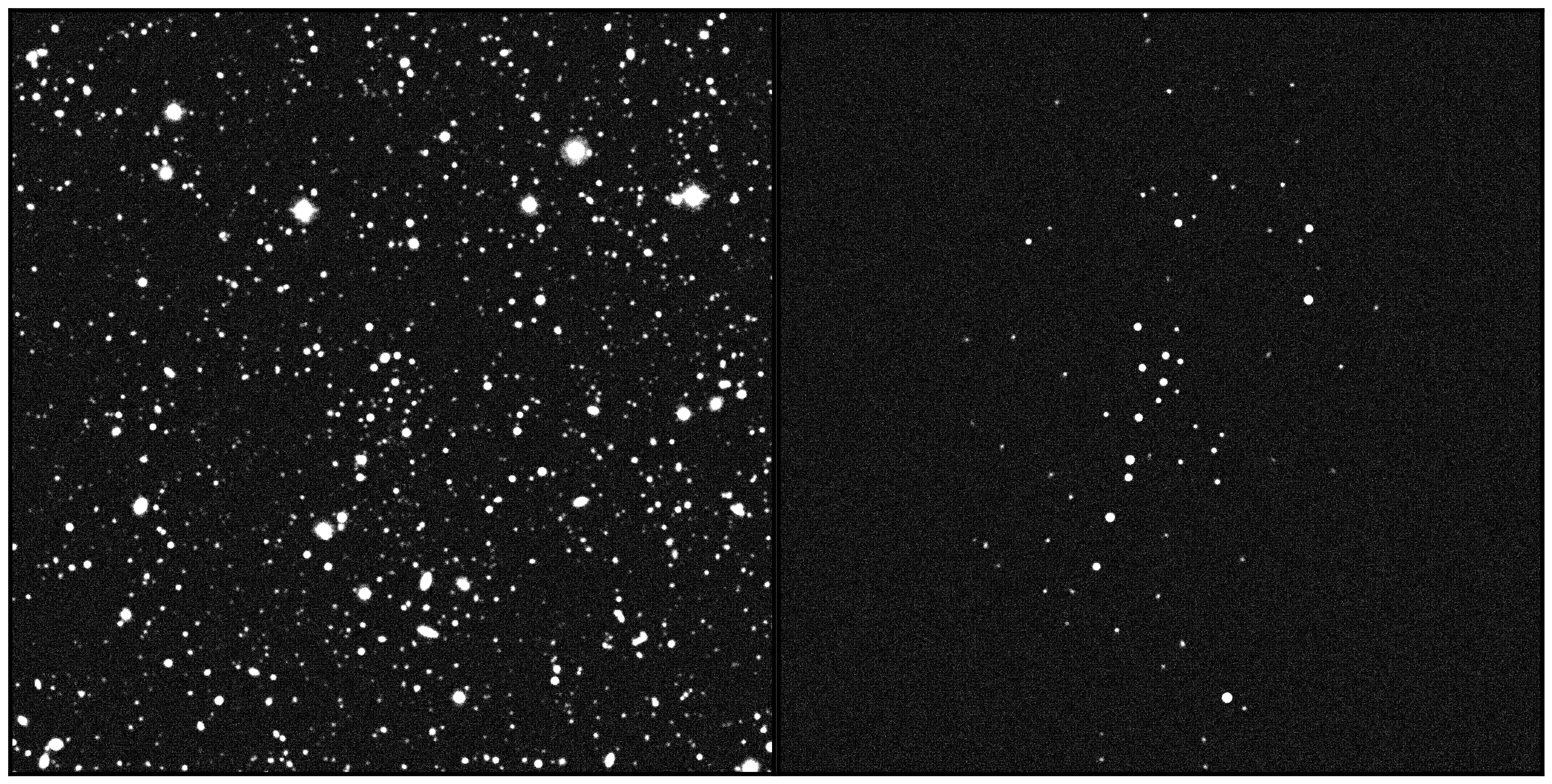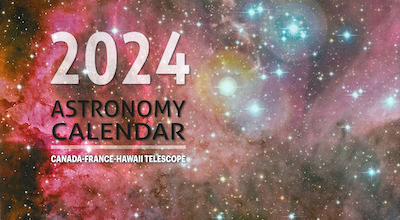Rocky Planet Engulfment Explains Stellar Odd Couple
Astronomers using the Gemini Observatory and the spectrograph GRACES at the Canada-France-Hawaii Telescope have discovered remarkable differences in the abundance of heavier elements, and the Lithium content, in a binary star pair. The research team speculates that this difference is caused by the engulfment of rocky planets early in the system’s evolution which enriched one of the stars. The work also hints at a formation scenario resulting in gas giant planets forming relatively far from their host star.
A team of astronomers led by Carlos Saffe (Instituto de Ciencias Astronómicas, de la Tierra y el Espacio, Argentina) observed the peculiar binary system called HAT-P-4, which includes a confirmed exoplanet orbiting one of the stars in the pair. The team used the 8-meter Gemini North Telescope and the Gemini Remote Access to CFHT ESPaDOnS Spectrograph (GRACES) located at the Canada-France-Hawaii Telescope to perform high-resolution spectroscopy of the two stars. GRACES is a unique instrument that uses more than 250 meters of optical fiber to link Gemini to CFHT's high resolution spectropolarimeter ESPaDOnS. These spectra revealed that the star pair have markedly different quantities of heavy elements or what astronomers call “metallicity.”
According to Saffe, “Both stars are believed to have formed together with the same chemical composition, which makes the difference in metallicity found in this binary system remarkable.” In particular, says Saffe, the different refractory (rocky) content points toward a history of a rocky planet or planets in the system. “We speculate that these observations can be explained by the engulfment of a rocky planet sometime during the system’s evolution. This presents us with an exciting glimpse into the system’s violent planet formation history.”
One star in the pair, HAT-P-4 A, also hosts a gas giant planet orbiting at only 0.04 AU from the star. This same star also displays a higher Lithium abundance than its stellar companion, which is another unexpected feature in this type of binary system. The authors use the data collected with GRACES to exclude other possible explanations, such as a peculiar composition of the stars or different rotational velocities. The team concludes that HAT-P-4-A formed the known gas giant planet while rocky (refractory) material accreted closer to the star, possibly due to migration of the gas giant. Saffe adds, “This scenario explains the higher metallicity of HAT-P-4-A, the higher refractory abundance, and the higher Lithium content.”
Additional information
Gemini press release
Scientific Paper
Scientific Paper





